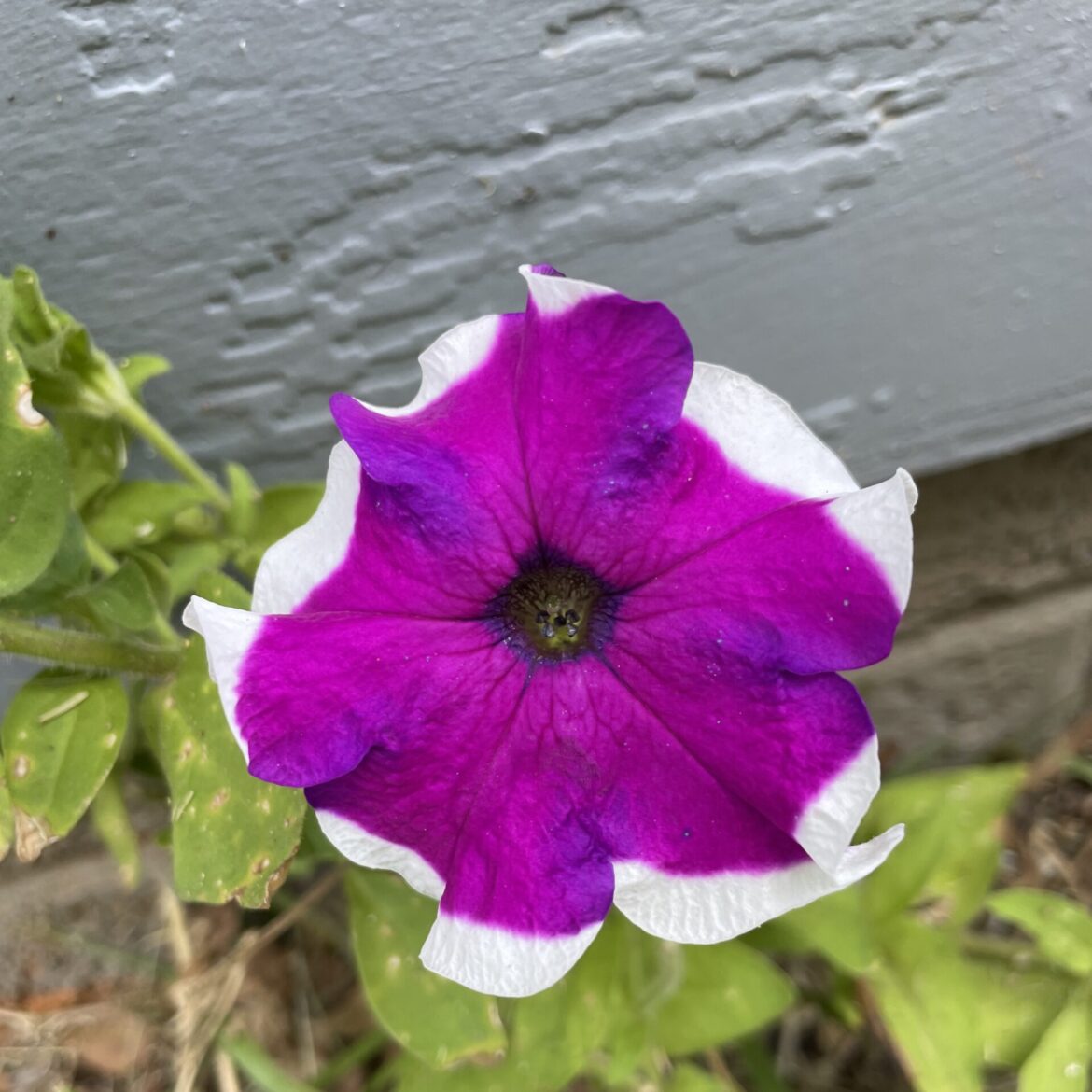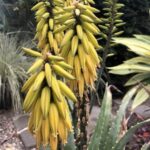At Gen1 Greenhouse, we are exploring the wild side of petunias.
Our breeding project mixes wild species, heirlooms, and hybrids to see what happens when resilience and beauty collide. From Petunia axillaris’s powerful scent, to Petunia Integrifolia‘s vigorous growth, and even to Petunia exserta’s rare red blooms, we are crossing, observing, and documenting, while chasing petunias that are as tough as wild species and as stunning as the modern hybrid.
Experimental Petunia Breeding Project
Welcome to our ongoing petunia breeding experiments at Gen1 Greenhouse (Nacogdoches, TX).
Instead of developing a single named cultivar, our project is about exploration:
- Crossing wild species with heirloom and hybrid petunias
- Testing many combinations to see what happens
- Documenting both surprising anomalies and stable traits
- Asking: “Can we blend the vigor of the wild with the beauty of modern hybrids?“
Why Petunias?
Petunias are famous for their color range and popularity in gardens worldwide, but modern hybrids often lack the fragrance, vigor, and resilience that wild petunias once had.
That is why we are experimenting with wild relatives such as:
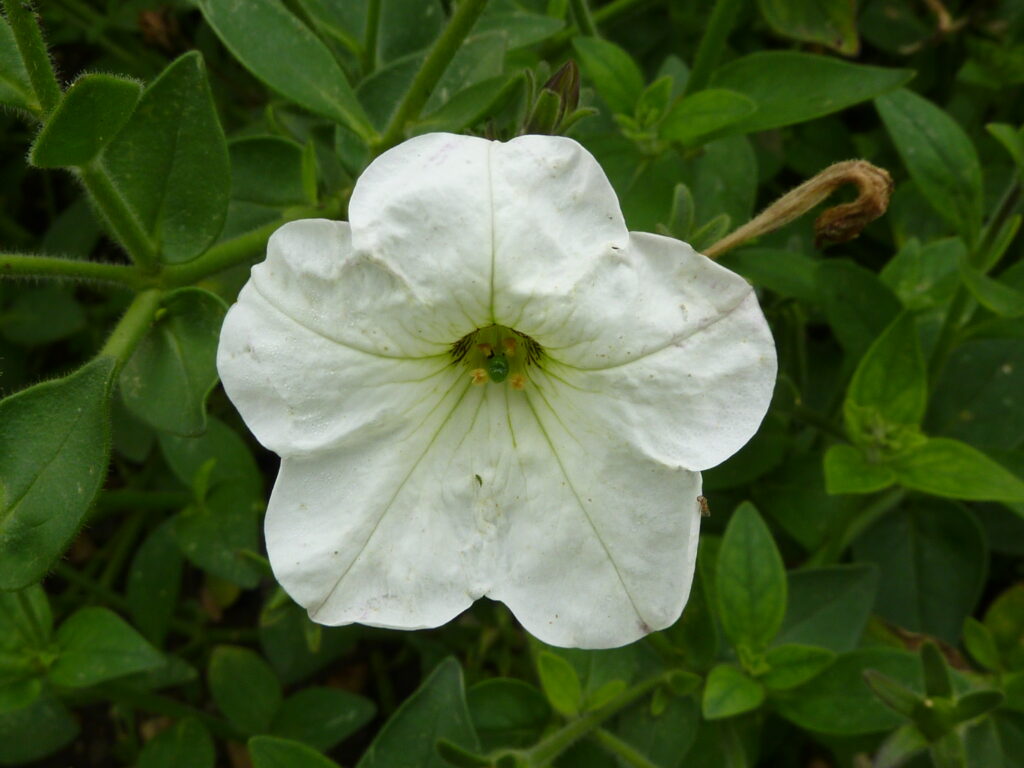
(Photo by Magnus Manske)
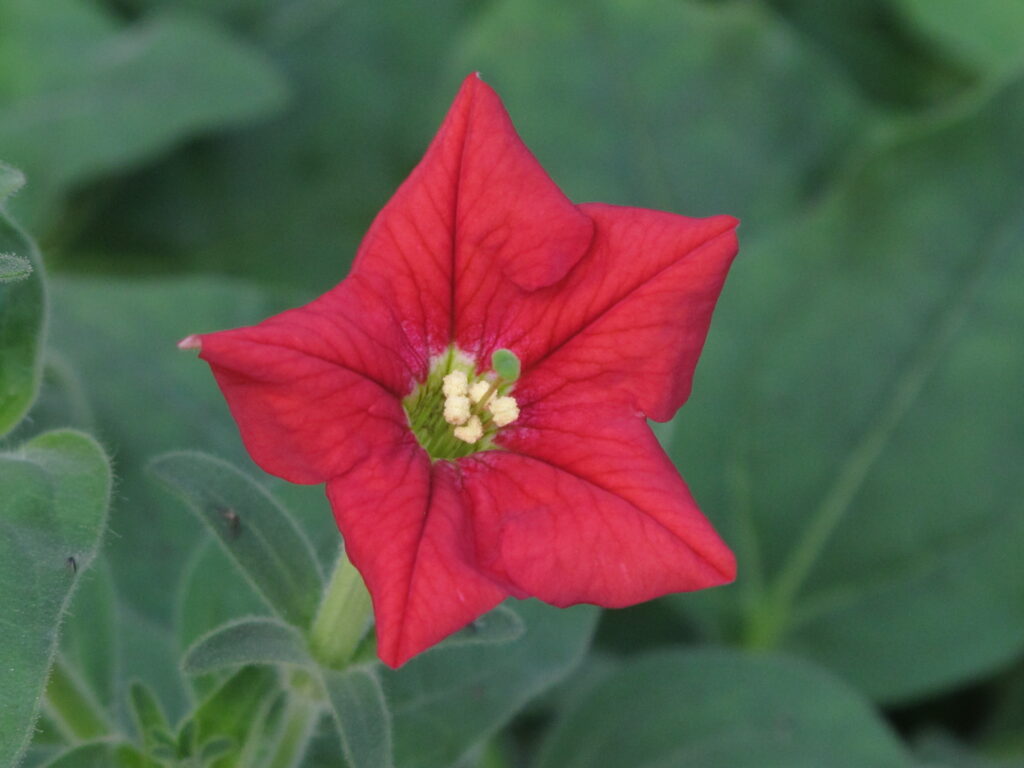
(Photo by Scott Zona)
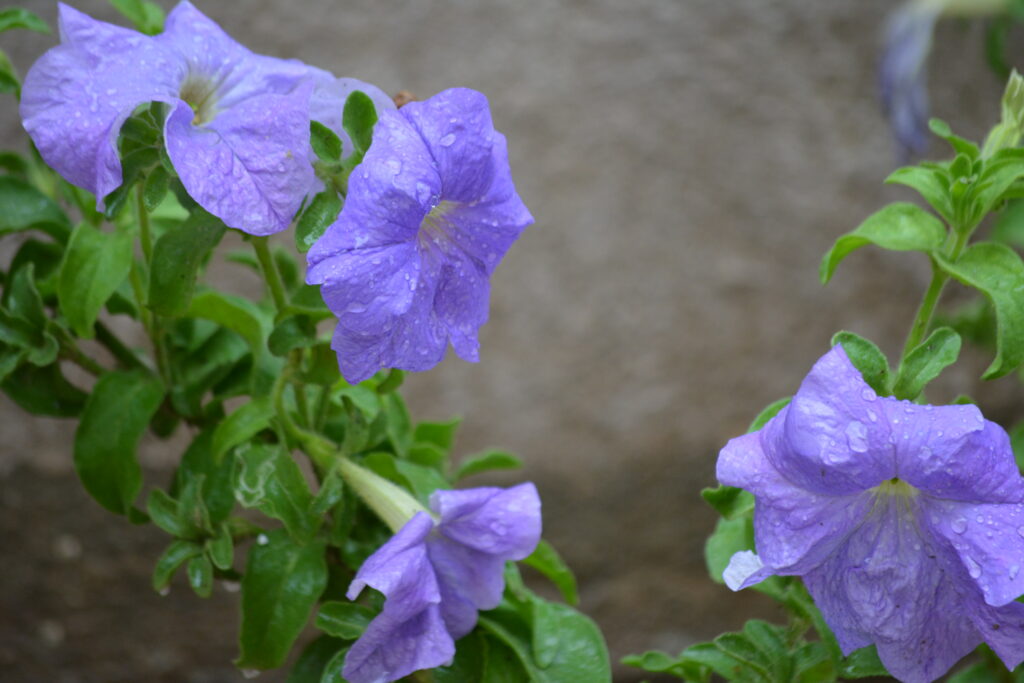
(Photo by Sarbast.T.Hameed)
By combining these with local, heirloom, and commercial lines, we are chasing the best of both worlds.
The “Wild” Petunias of Nacogdoches
One of the inspirations for this project is the group of petunias that have been growing naturalized here in Nacogdoches, Texas. These plants are not recent garden hybrids but rather locally persisting lines that have been reseeding themselves for 25+ years (likely much longer, up to 75 years). Over time, they have formed a small, semi-wild population that shows both stability and variation.
We have identified two main groups with some notable outliers that we have dubbed “Anomalies”:


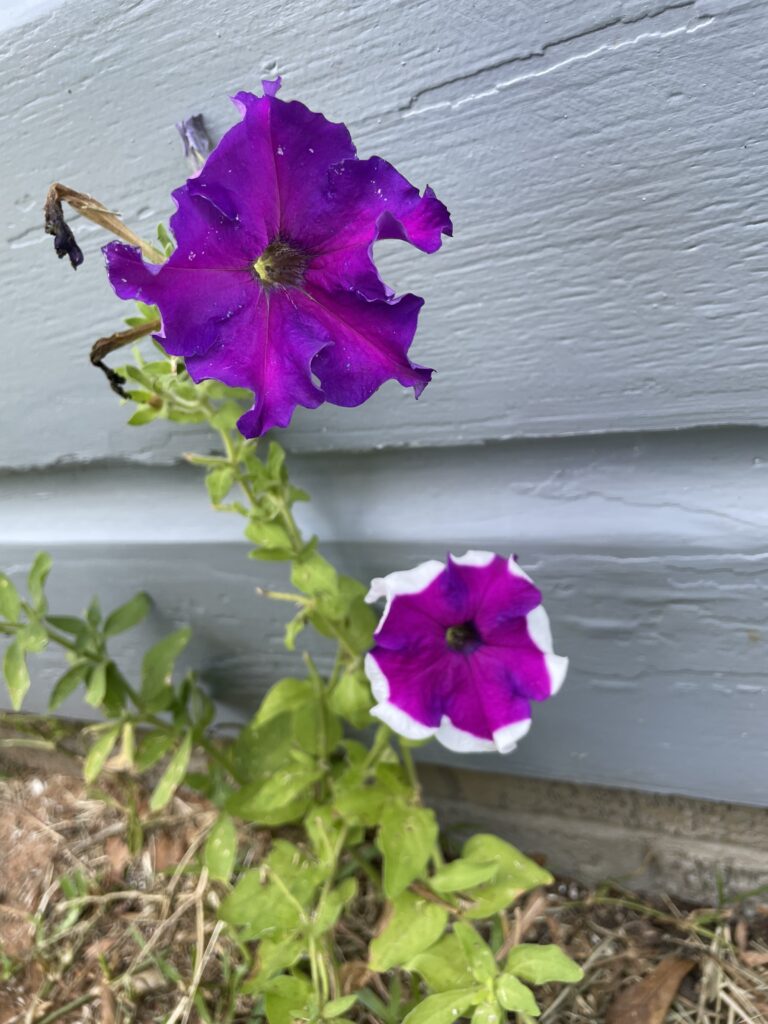
Where Did These Petunias Come From?
We suspect that these naturalized lines may have originated as an accidental and natural cross between an old vining petunia (a type once popular for sprawling or trailing growth) with either a grandiflora or multiflora cultivar:
- Vining Petunia: Older petunia types with long, trailing stems, vigorous growth, and a tendency to reseed themselves easily. These often leaned closer to their wild relatives in growth habit.
- Grandiflora Petunia: Known for producing large, showy flowers (sometimes up to 5 inches across), but generally less tolerant of heavy rain or heat.
- Multiflora Petunia: More compact and floriferous, with slightly smaller but abundant blooms, better suited to withstand weather stress.
The combination of hardiness, variation, and reseeding ability seen in the Nacogdoches petunias suggests that these locally persisting plants could carry a mixture of traits from both garden cultivars and older, more vigorous forms.
This makes them especially valuable as a breeding resource; they are a genetic bridge between cultivated petunias and wild-type resilience.
Our Current Petunia Lines
We are starting with several genetic sources:
- W Line → White local strain
- P Line → Purple local strain
- H Line → Family heirloom (from a great-grandmother’s garden)
- C Line → A commercial hybrid (used as a control group for comparing traits)
- A Line → Axillaris, a white-wild petunia
- I Line → Integrifolia, a purple-wild petunia
- E Line → Exserta, a red-wild petunia with a more unique flower shape
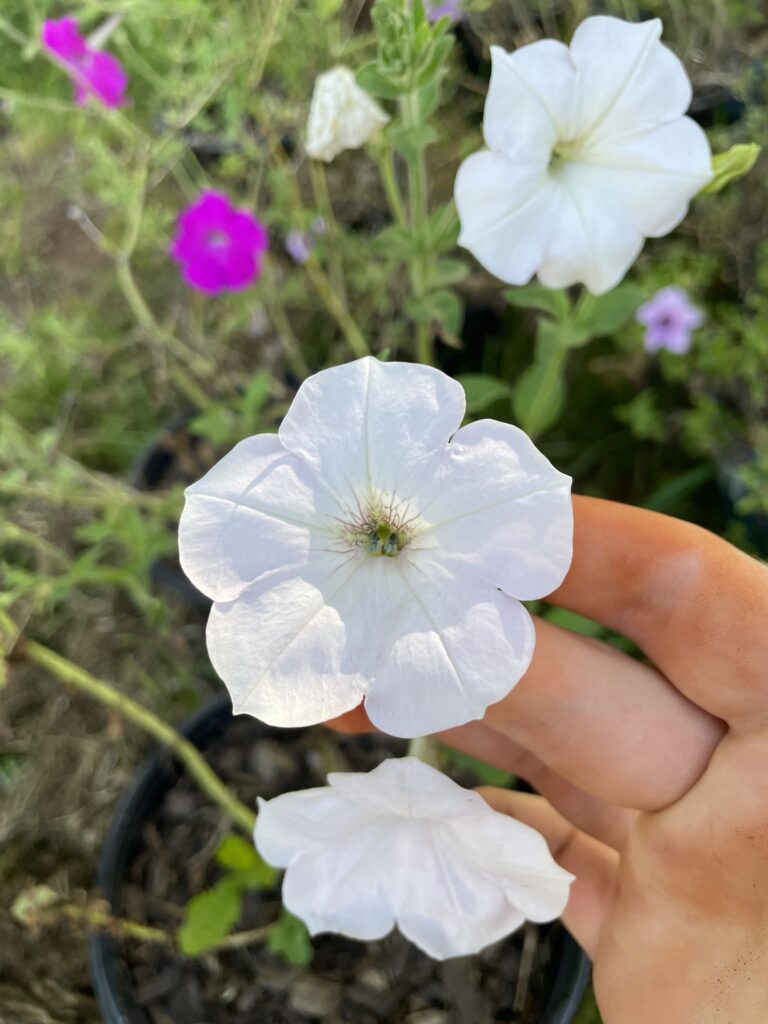
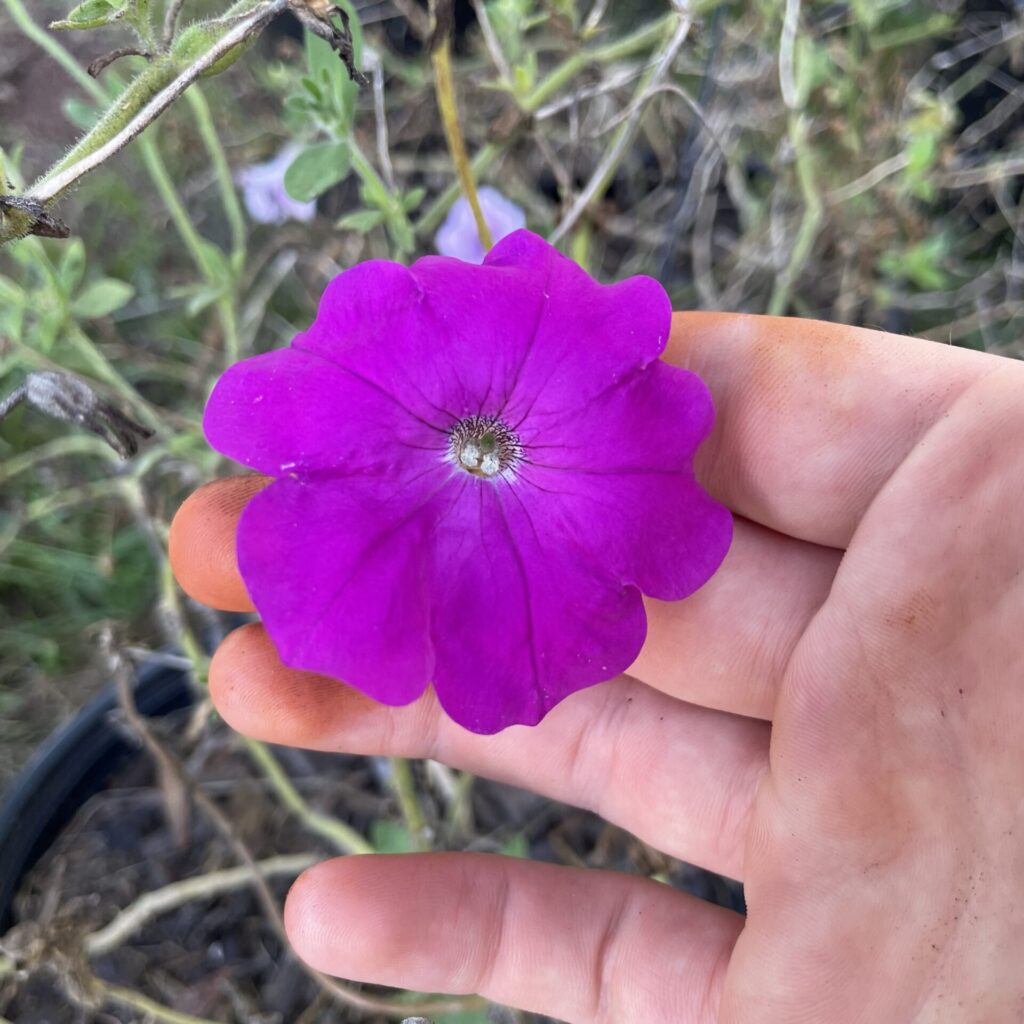
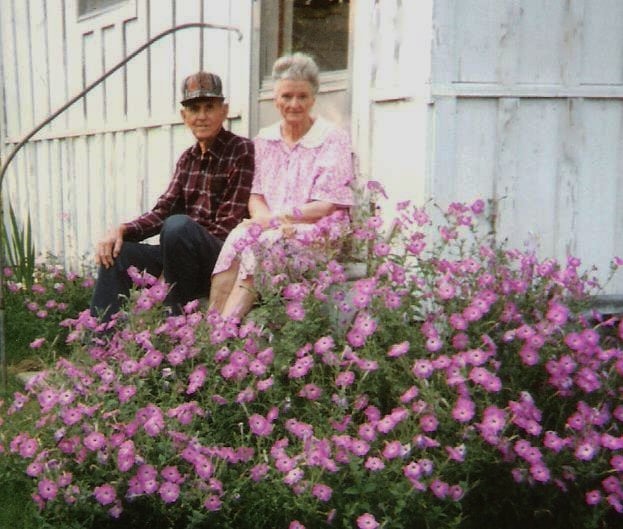
Petunia Project Goals
This project is open-ended and experimental, not about rushing to release a cultivar.
Our main aims are:
Cross many combinations of wild × hybrid × heirloom lines
Study hybrid vigor and whether wild genes add strength
Track traits such as color, fragrance, and structure
Explore anomalies and rare expressions
Keep thorough records for future growers and breeders
Release the best preforming varieties to local market.
Seasonal Timeline (2026)
Late January
- Prepare greenhouse and breeding supplies.
Early February
- Sow seeds collected from parent lines (Local strains, heirlooms, hybrids, wild species, and specimens showing unique traits)
Late February–Early Summer
- Germination, daily monitoring, and early selection
- Isolate unusual seedlings
Mid-Summer
- Controlled pollination (intra-varietal, inter-varietal, selfing)
Late Summer–Fall
- Harvest seeds, record data, and prepare for F1 generation
Petunia Image Gallery
We have spent this year observing these local lines grown in both wild and controlled conditions. Here are several of our favorite photos we have taken throughout the observation process:


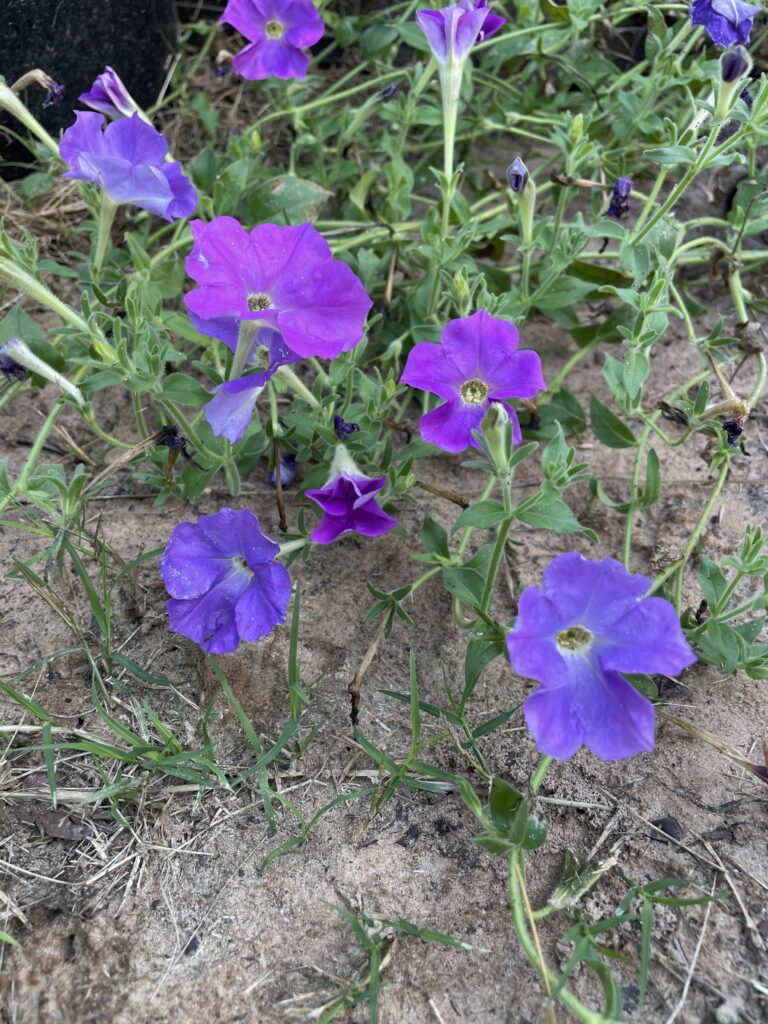
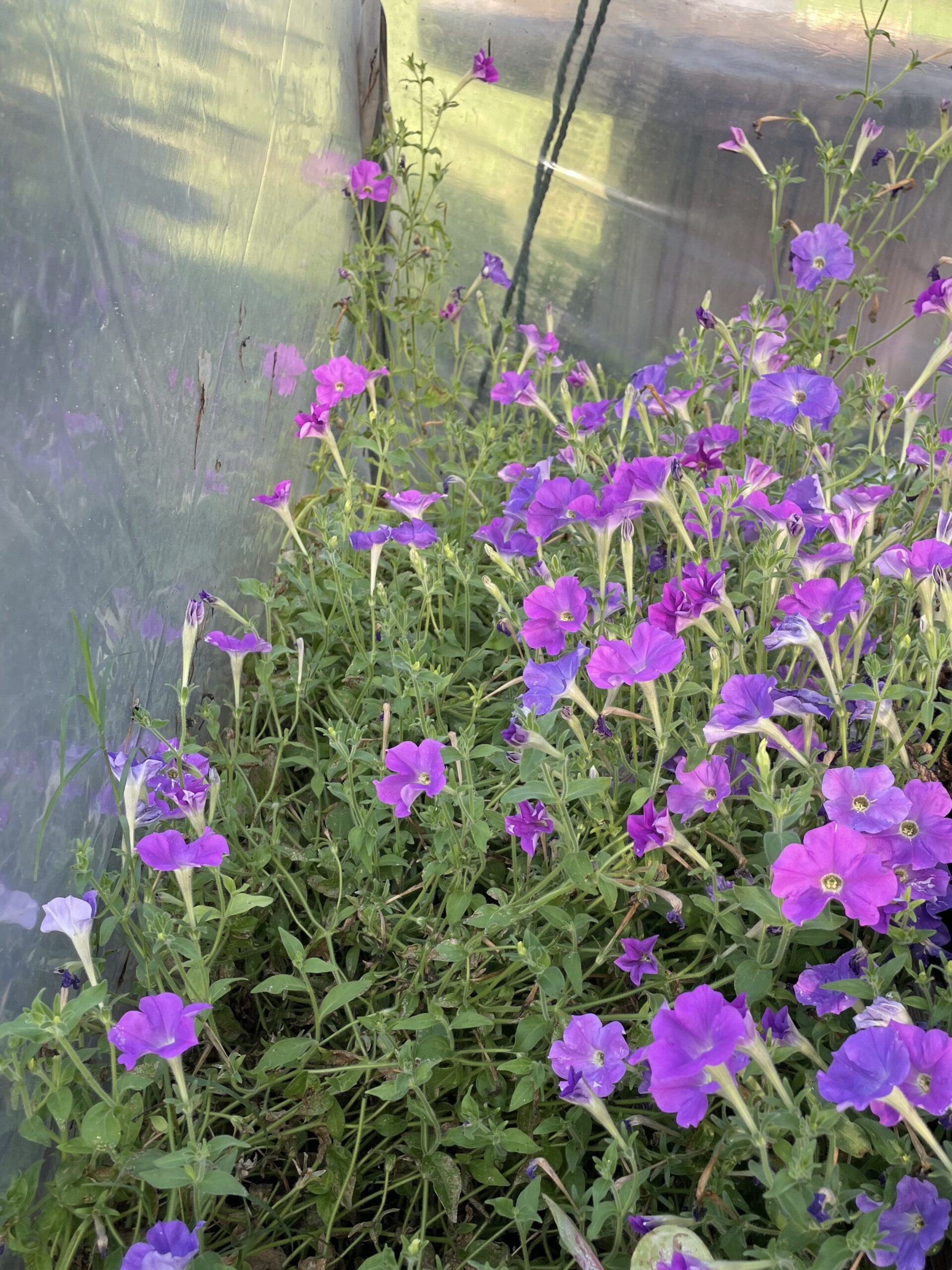
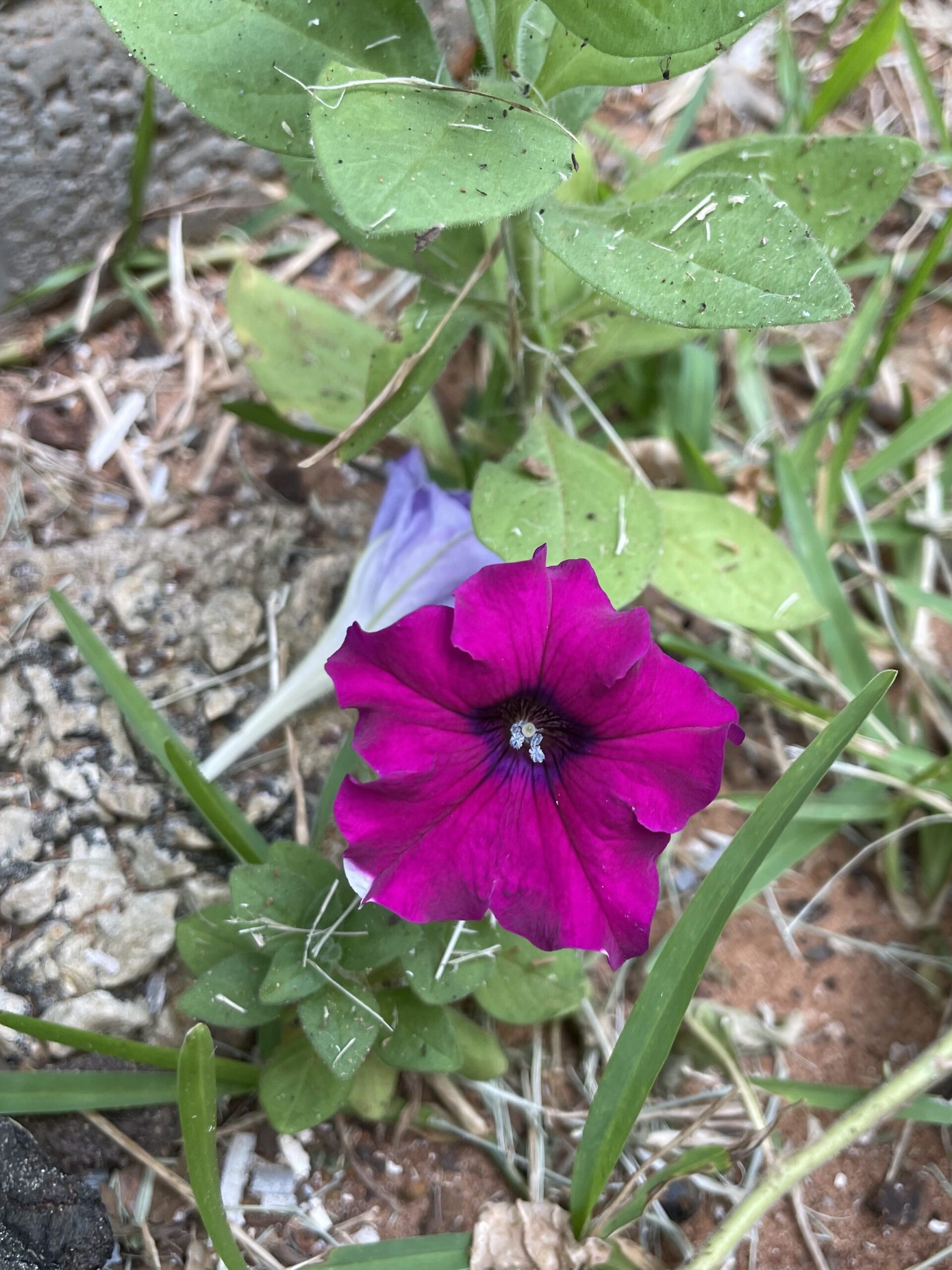
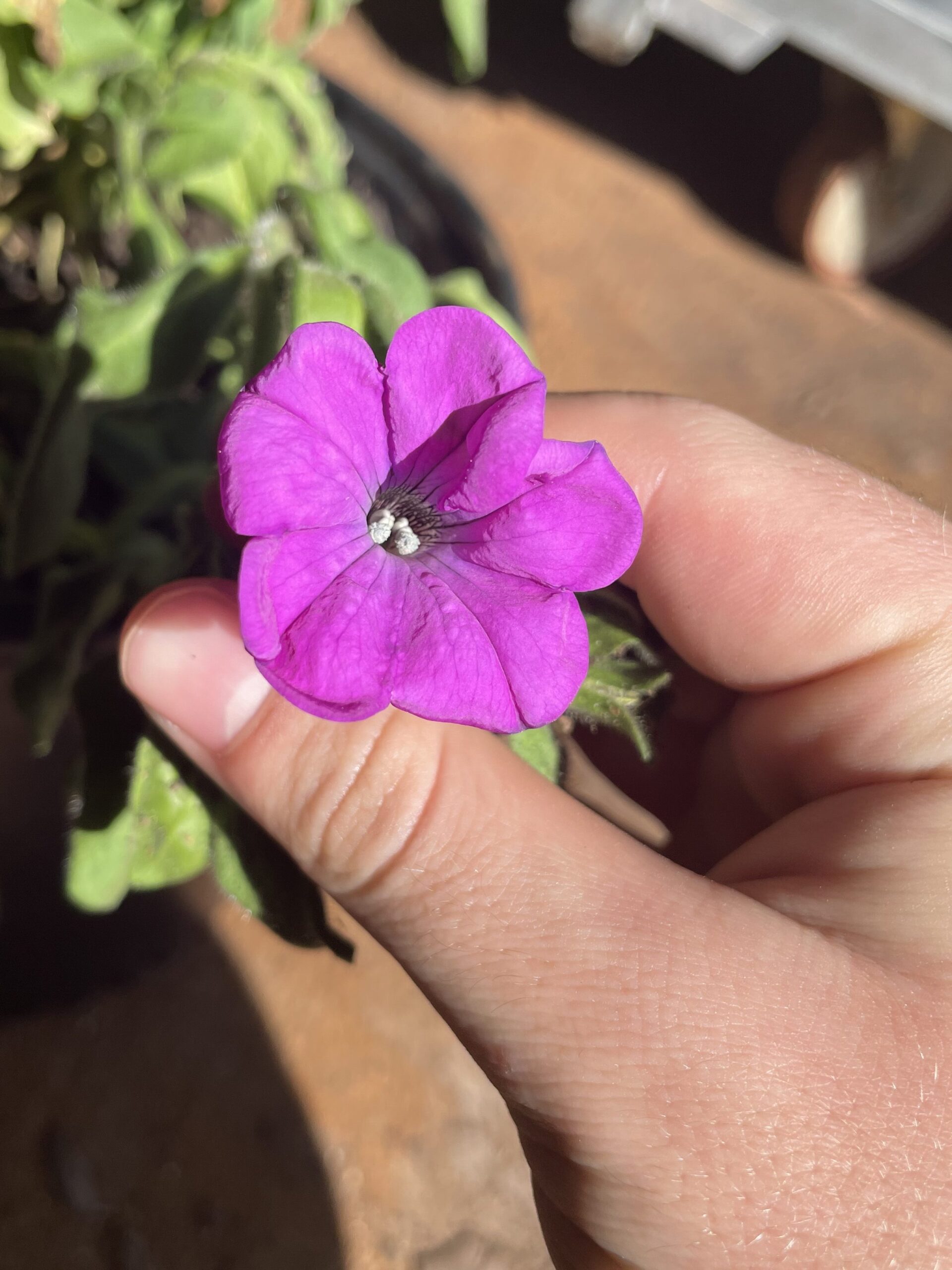
Breeding Methods
1. Germination & Observation
- Grow each line separately and clearly label
- Watch daily for unusual seedlings (“anomalies”)
2. Petunia Thinning & Selection
- Remove weak seedlings
- Keep the most vigorous and interesting plants
3. Controlled Petunia Pollination
- Intra-varietal: W × W, P × P, H × H
- Inter-varietal: W × H, H × P, P × W
- Species crosses: e.g., P. axillaris × W
- Selfing anomalies: To test if traits hold in later generations
Pollination tip: Done in the morning with sterilized brushes. Flowers bagged afterward to prevent accidental crosses.
4. F1 & F2 Tracking
- F1s → Uniformity, hybrid vigor, new traits
- F2s → Wide variation; best stage to see hidden genetics
Traits we will track:
- Flower color, pattern, and novelty
- Scent strength and type
- Plant structure and size
- Growth vigor & disease resistance
- Drought and heat tolerance
Long-Term Vision
This is not a commercial breeding program. It is an open-ended exploration of petunia genetics. Our hope is to:
- Preserve heirloom varieties and family history
- Reintroduce fragrance and resilience from wild species
- Inspire others to experiment, document, and share their own results
Glossary (Quick Reference)
- P Generation → The starting parent plants
- F1 Generation → Offspring from a cross of P Generation, usually uniform in traits
- F2 Generation → Offspring from F1s, usually variable in traits
- Trait → Measurable characteristic (e.g., color, fragrance)
- Selfing → Self-pollination of a specimen with itself
- Hybrid Vigor (heterosis) → Desirable traits gained from cross-breeding
- Segregation → Different traits showing in offspring
- Anomaly → A unique seedling expressing unexpected traits
Follow Along
We will be sharing photos of each stage, from wild crosses to strange anomalies, so you can see how this experiment unfolds in real time!
Follow us on social media @gen1greenhouse, or contact us for information at +1 (936) 800-7350!
Also Read:
Our take on modern plant breeding: https://gen1greenhouse.com/petunia-case-study/
Articles about wild petunias: Petunia axillaris – Wikipedia, Petunia exserta – Wikipedia, Petunia integrifolia – Wikipedia
